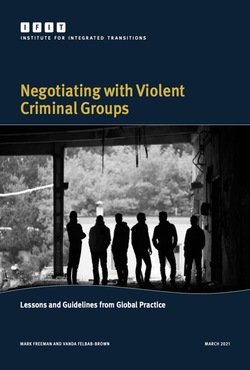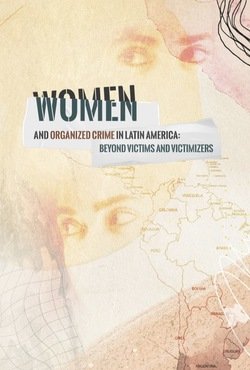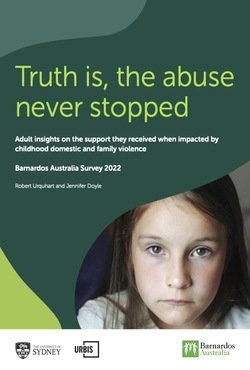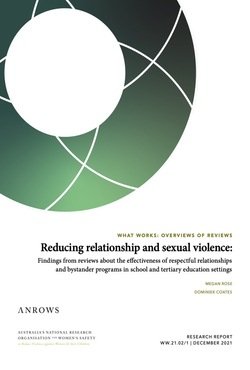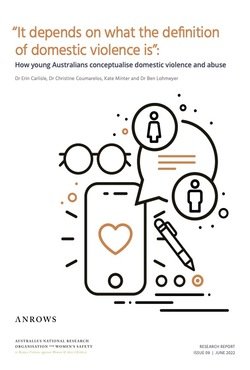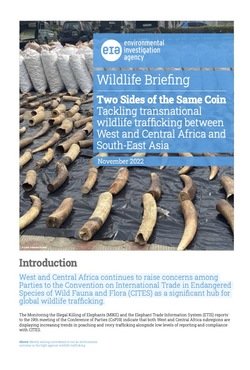By Rachel Delafave
This Article empirically illustrates that red flag laws—laws which permit removal of firearms from a person who presents a risk to themselves or others—contribute to a statistically significant decrease in suicide rates, but do not influence homicide rates. I exploit state-level variation across time in the existence of red flag laws between 1990 and 2018 and find that the existence of a risk-based law reduces firearm-related suicides by 6.4% and overall suicides by 3.7%, with no substitution to non-firearm suicides. Red flag laws are not associated with a statistically significant change in homicides rates. Policymakers should consider red flag laws an effective tool to prevent firearm-related suicide, one of the most prevalent preventable causes of death in the United States. In light of this evidence, red flag laws should be more politically successful in the current partisan environment than other forms of gun control legislation because of their targeted nature and potential to balance the interests of gun owners against the negative externalities of gun violence.
52 Loy. U. Chi. L. J. 867 (2021)





